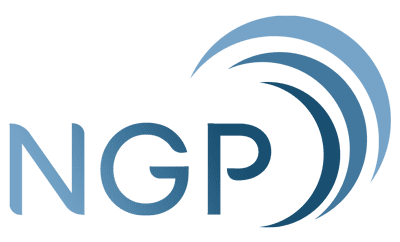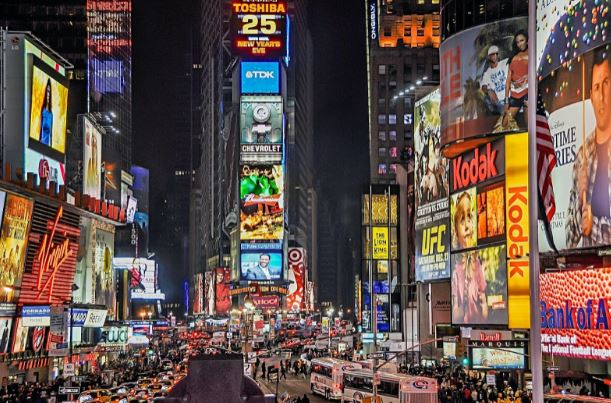What is B2B influencer marketing?
Digital Influencer marketing is a strategy where a company leverages influencers’ impact to promote its brand. As a fundamental requirement, these people should have professional competence, brand awareness, and a massive social media presence. The influencer can either create content himself or collaborate with the brand.
Over the last five years, businesses have hired and collaborated with influencers to boost brand awareness. Influencer marketing grew from merely being a marketing strategy to a $5 to $10-billion market globally, supporting the fact that this technique is deemed to be effective for B2C (Business-to-Consumers) and B2B (Business-to-Business) influencer marketers.
While B2C and B2B influencer marketing often follow the same practices, there are some differences between these two. In B2B, the target audience is other companies and brands. In simpler terms, it is where one company sells a product or service to another company.
A B2B influencer differs from the common B2C influencer who typically operates on Instagram, Youtube, and other social media platforms. A B2B influencer is usually an industry leader who has a high level of authority and expertise. The audience in B2B often looks for professional expertise driven by the motivation to get educated, gain visibility, and acquire greater ROI.
To illustrate the impact of B2B influencer marketing, here are some statistics from a recent survey by Influencer Marketing Hub:
- Influencer marketing is expected to grow to approximately $13.8 Billion in 2021.
- In a recent survey, 90% of respondents (a pool of brand representatives, marketing agencies, and PR agencies) believe influencer marketing is effective.
- 67% of the 5,000 respondents measure the ROI from their influencer campaigns.
- 75% have expressed that they would be allocating a budget for influencer marketing in 2021.
As consumers buy differently today than they did a decade ago, marketers have to find a way to use the credibility of other influential brands and business experts to their advantage.
Case in point, LinkedIn, one of the largest professional networking sites used B2B influencer marketing to expand their reach. With millions of professionals, influencers, and industry leaders, this website connects businesses with professionals all around the globe.
This platform helps businesses attract and engage with experts. They have created a sophisticated guide to help businesses reach ideal customers and collaborate with B2B influencers. From making the most out of a LinkedIn page to promoting sponsored content through LinkedIn ads, businesses can present relevant content to target their message to quality prospects.
When experts are linked together in a single platform where they can share insights and personal experiences, it encourages more people to leverage the platform too. With these industry leaders sharing their content and collaborating, it helps LinkedIn have greater visibility and reach wider audiences.
As a marketer or owner of a business, you might be wondering how you can tap this potential. We have profiled ways on how you can attract influencers or businesses to partner with.
- Determine your goals and purpose
Start with clarity on your goals and purpose. What would you like to achieve? What sort of audience do you want to appeal to? What do you offer? How can your products or services help other companies? What makes you different from your competitors?
The key to attracting influencers and businesses is about having clarity in what you can offer. The most successful partnerships are the ones that outline a clear vision of how their organizations can fit and collaborate. Once you determine these key points, use them as a guide to develop your influencer marketing strategy.
PR agencies like ours make this easier for your brand. We’ve developed collaborative strategies to work out the details of your business goals and how they can be measured, by establishing KPIs and performance analyses that help fine-tune marketing goals and make sure that these goals are realistic, achievable and time-bound.
- Build relationships and connect with potential partners
Take advantage of genuine relationships between businesses and customers. Engage with them consistently on social media platforms – connect, share, and comment on their posts. This might be a great way to start building partnerships.
Entrepreneur and local artisan advocate, Zarah Juan, for instance, took her business to broader horizons by partnering with DHL Express as her brand’s international courier. It was a win-win situation for both brands who achieved a single goal: to reach more Filipinos the world over, and bring meaningful products and services their way.

Building a genuine partnership with businesses requires commitment from both sides. You should reach out with sincere intentions and deep commitment. To have a strong business-to-business relationship, both of you should share your brands’ message, mission, vision, and goals. Keep exploring and communicating. Remember that there are no limits in building alliances, but make it a point that you get to know your prospective partners well.
- Consider co-branding creations
While it might seem like a risk to partner with an industry different from yours, it is a good idea to bring fresh insights to the table. Partnering with a business that has a contrasting background and skill set can help you and your partner leverage each other’s strengths and weaknesses — your partner fills in where you may fall short.

One successful collaboration is Starbucks and Spotify. Starbucks offers premium coffee globally and uses music to create an ambiance in its shops. Spotify on the other hand is a music streaming platform that powered artists around the world. These two companies put together a music ecosystem. This one-of-a-kind arrangement enables Spotify to offer Starbucks playlists to all Spotify users if they sign up as a Starbucks partner. Starbucks members and Spotify users will then earn stars for subscribing to Spotify premium, which would help Spotify grow its business. It’s a win-win deal for both companies without sacrificing their brands.
Another recent co-branding success is McDonald’s BTS meal. The global fast food chain’s investments in a culturally relevant icon unlocked a mammoth following thanks to the k-pop group’s fanbase. It resulted in many customers the world over clamoring for the products, and essentially created more than just a meal. People were repurposing meal packaging as clothes, selling pristine paper bags as novelty items, and more. Needless to say, it was a massive hit for both brands.
With a wide pool of influencers to choose from, the question now is who should your brand best collaborate with for the most successful influencer marketing campaign? Hint: it doesn’t have to be the most popular artist or influencer in the world. It just has to fit your brand and resonate with your audience. Contact us at NGP-IMC to find your perfect influencer fit, with a solid messaging strategy and publicity campaign to boot.


